
Jessica Dunn, a Southwark-based specialist “wine detective”, spoke out as French, Italian and Swiss police revealed they had broken up an $2million (£1.67m) international fraud ring passing off poor quality bottles of wine as vintages.
On Monday, six people - including the suspected ringleader, a 40-year-old Russian national - were arrested in Paris, Turin and Milan.
Europol said the gang allegedly fabricated fake labels representing famous French vineyards, which were then sold at full market value through wine traders around the world.
Ms Dunn and her team have stopped fake vintage bottles reaching UK consumers.
Many of these wines masquerading as the real thing can be priced at up to £100,000 and are almost impossible to identify without advanced technology.
Recently attempts were made to import a £23,000 counterfeit case of Bordeaux blend and a £15,000 pinot noir, says Ms Dunn authentication manager at Liv-ex, a marketplace for merchants, collectors and investors in 47 countries.
According to fraud experts, one fifth of all wine currently circulating the globe is fake.
Ms Dunn told the Standard: “In terms of how easy or not it is to spot a fake wine, actually the counterfeiters are doing a relatively good job.
“There’s even suggestions of criminal gangs. But with all the right equipment and even getting down to the detail of buying the right paper to produce fakes, it really does take an eye for detail to find one.”
.jpeg?quality=75&auto=webp&width=960)
Jessica Dunne and fellow expert check bottles of fine wine
Liv-ex
China is reportedly at the centre of a $3billion (£2.2bn) worldwide scam. Previous raids have also taken place in Italy and Switzerland.
The fake wine, beer and spirits sector is estimated to cost the UK more than £600 million annually.
In 2013, Indonesian-born Rudy Kurniawan, the industry’s most notorious counterfeiter, was sentenced by a New York judge to 10 years for fraud. His story became the subject of Netflix documentary Sour Grapes.
By comparing them to a library of genuine examples, they look for misspellings on labels, quality of text used, colour discrepancies in the paper and overuse of glue.
A high lumens torch is shone into the bottle’s punt indentation to see if the correct sediment is present for the bottle’s age.
The capsule’s design, length and corks are examined and so is the listed alcohol content.
Liv-ex’s warehouse in Tilbury, Essex
Supplied
Counterfeiters have been known to fake the invisible ink producers put on labels with unique reference numbers and high-tech chips on the bottle which show whether a cork has been removed or tampered with.
Ms Dunn added: “What the criminals are trying to do is make as much money as they possibly can by infringing the producers’ intellectual property. That’s why we traditionally see counterfeits at the higher end of the market.”
Wine adulteration and counterfeiting has been widespread since Roman times.
Fraud doesn’t just affect the top-end market. Local convenience stores around Birmingham and Leicestershire have been caught selling fraudulent Yellow Tail.
Across the world, wine has been contaminated with antifreeze and methanol. Dirty tricks employed to make foul-smelling cheap wines seem fresher include adding powdered acid, artificial sweetener or calcium carbonate, often used in toothpaste.
But investigators deploy new technology such as injecting a small needle thorough the bottle’s shoulder to compare the contents to a genuine sample.
Ms Dunn said: “We would always advise people to do their research, look for inconsistencies in the bottle and buy from a trusted source.
“But the industry as a whole is far more alive to the issue and determined to make it a zero tolerance zone.
“Technology is changing all the time. As anti-counterfeiting measures improve, criminals alter their methods.
“If we find a counterfeit wine, our preference would be to return the product to the producer. There have been occasions when we have informed the authorities.”

 1 mese fa
13
1 mese fa
13


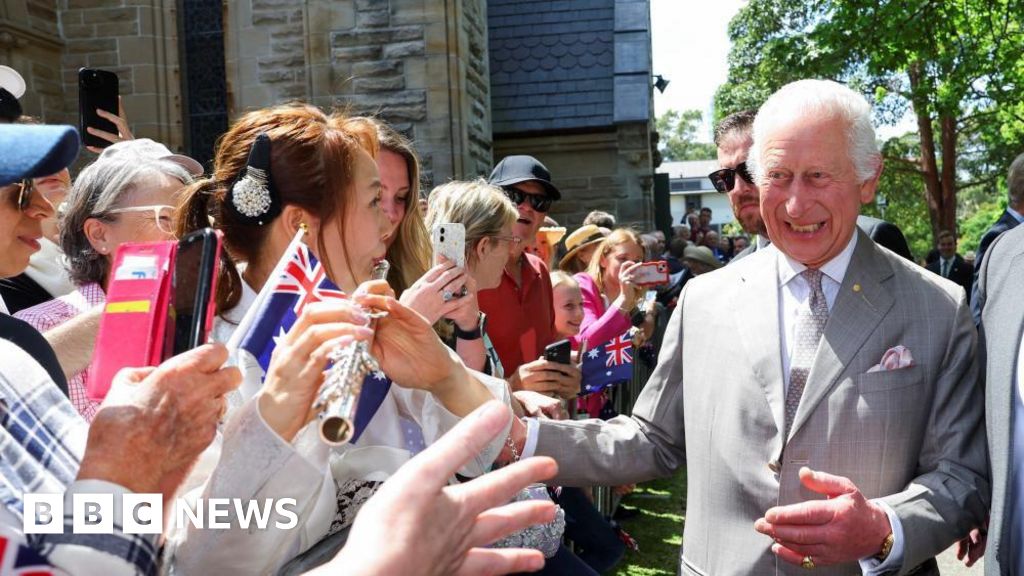







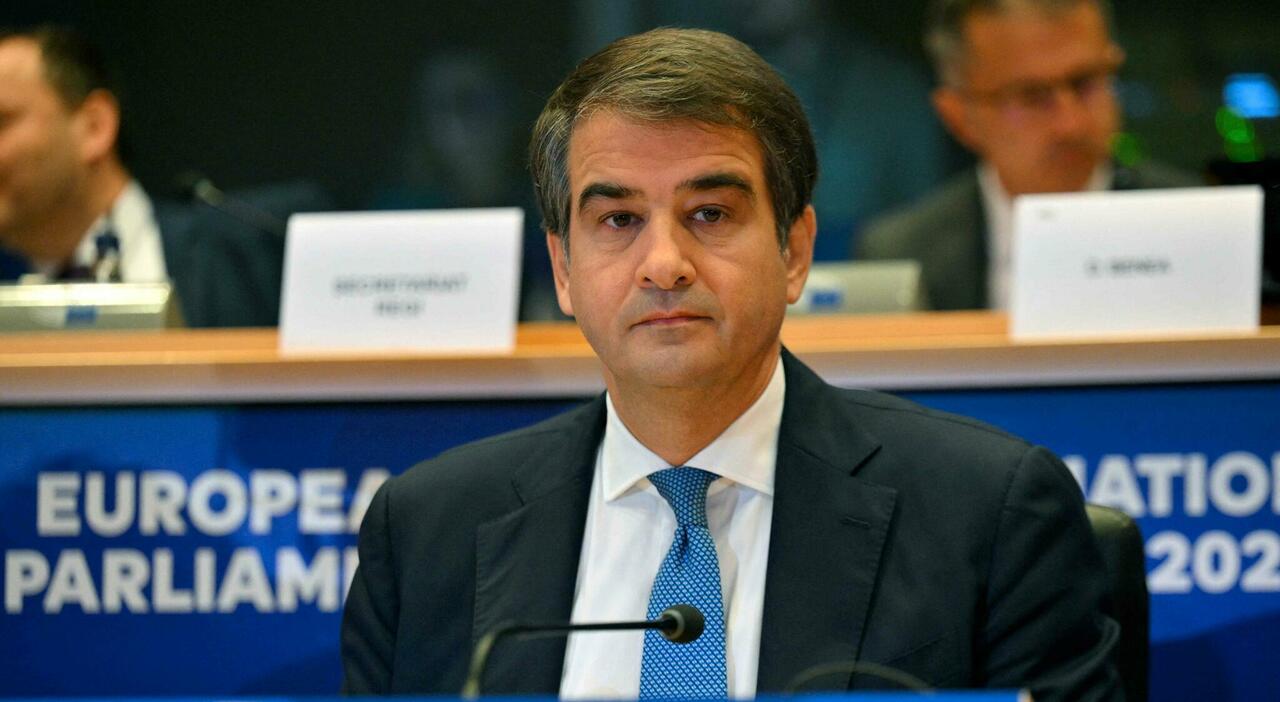

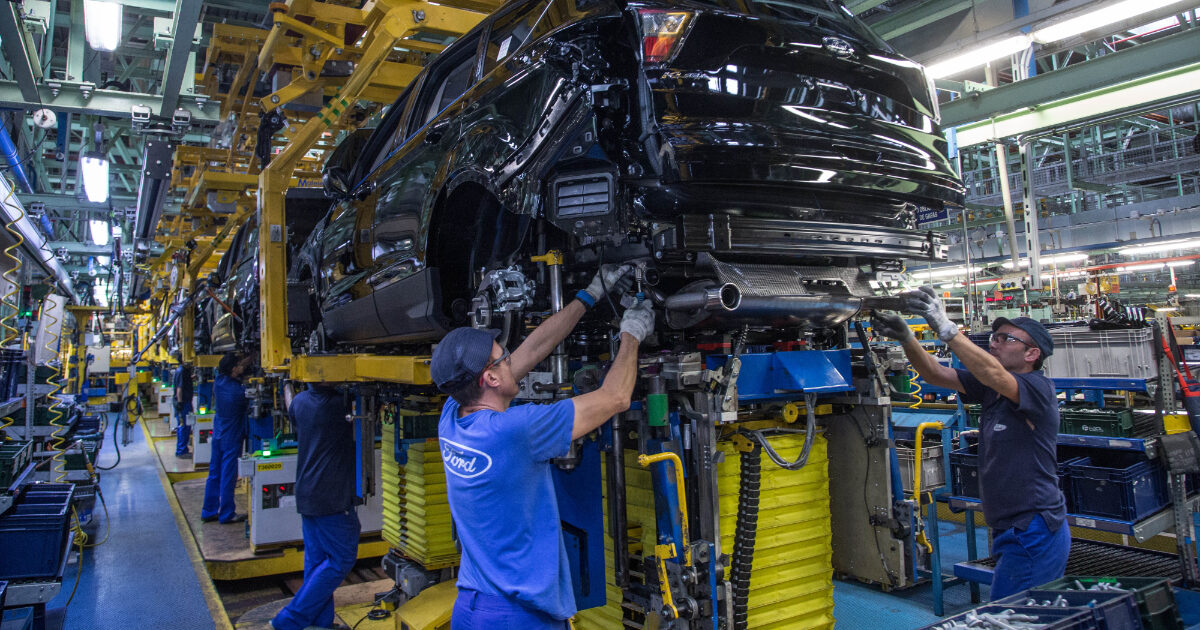

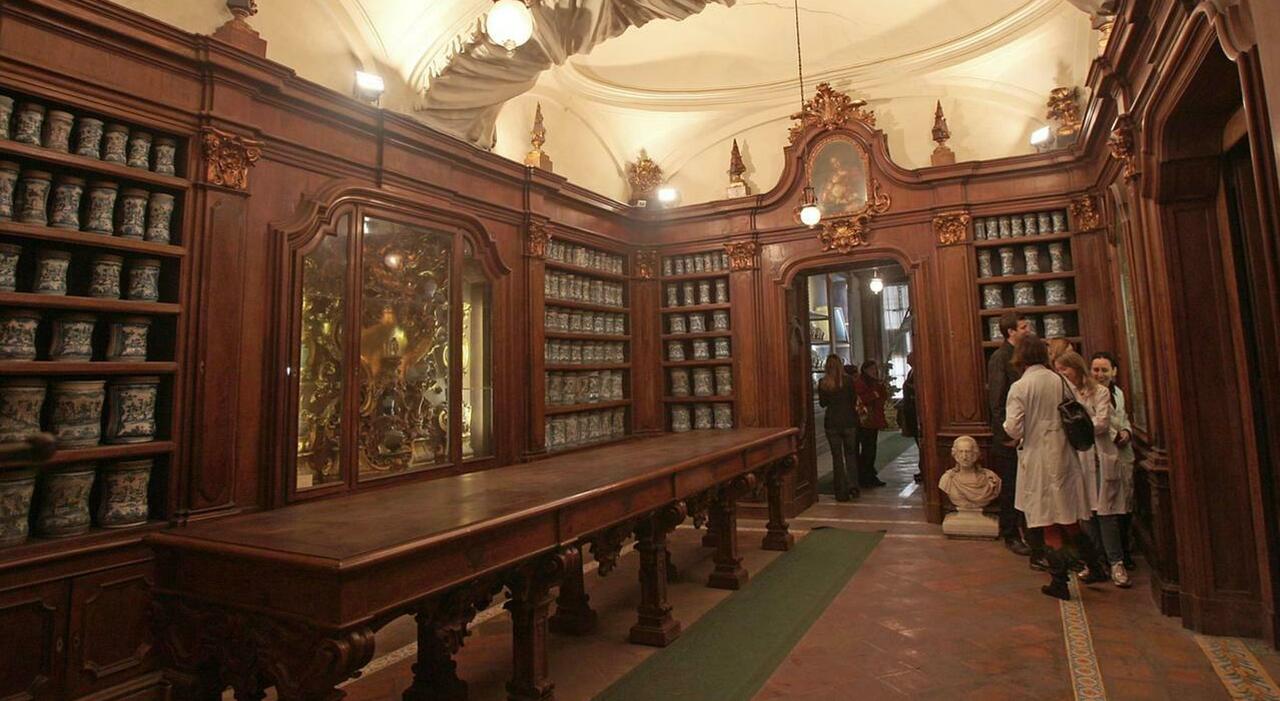
 English (US) ·
English (US) ·